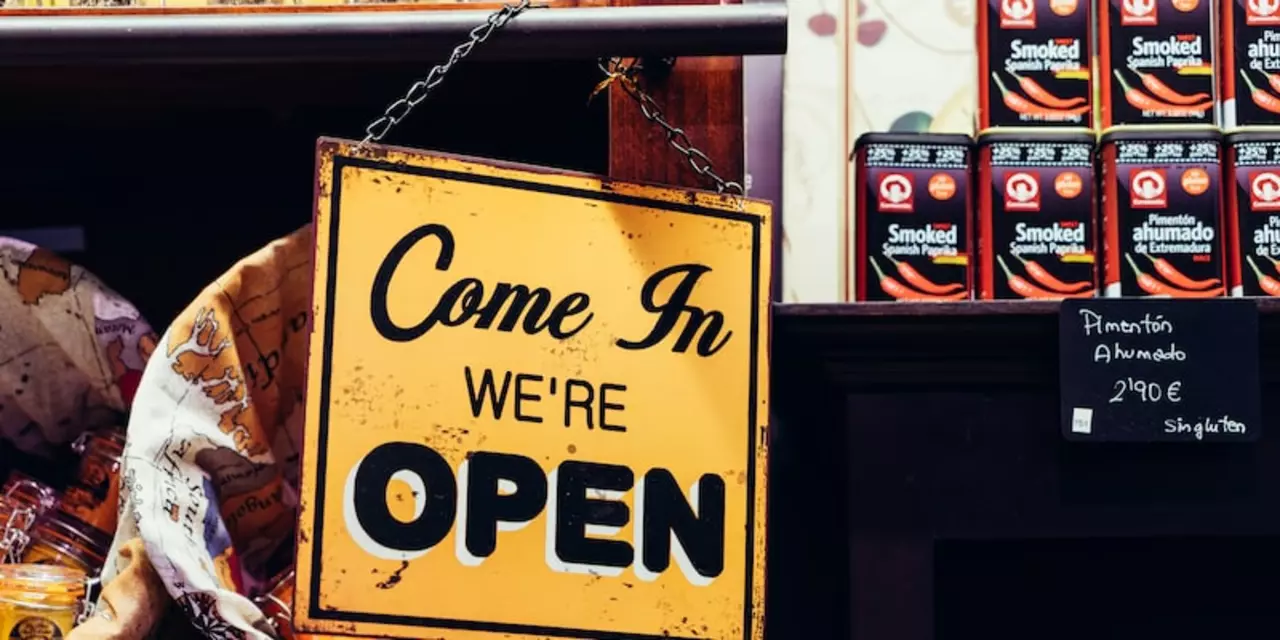e-commerce: How to start selling online and actually grow
Want to sell online but not sure where to begin? First, pick one clear product or niche you understand. Test demand fast: list a few items on a marketplace or run a small ad to see if people click and buy. That simple test saves months of work and cash. Next, work out your real costs — product, packaging, shipping, fees, returns — then set a price that covers profit and gives room for discounts.
Choose a platform based on goals, not buzz. If you want speed and templates, use Shopify or Wix. If you want full control and lower long-term costs, use WooCommerce on WordPress. If you need instant traffic and simpler logistics, try marketplaces like Amazon, Etsy, or Flipkart. Combine one owned store and one marketplace if you can handle the operations. Always factor in transaction fees, monthly fees, and how easy it is to design product pages.
Payment, checkout, and trust
Make checkout short and predictable. Offer the popular payment options in your market — UPI and wallets in India, cards and Google/Apple Pay elsewhere. Show prices, taxes, and shipping clearly before checkout to avoid surprise dropouts. Use trust signals: visible return policy, secure checkout badge, clear contact details, and honest product photos and videos. Mobile-first checkout matters: more people shop with phones, so forms must be tiny and fast.
Get traffic and keep customers
SEO is the long game: optimize product titles, meta descriptions, and image alt text. Write product pages that actually answer buyer questions — size, materials, delivery time. Use short product videos and multiple clean photos. For fast reach, run small paid campaigns targeted at buyers, not just browsers. Email is cheap and powerful: collect email on first visit with a small discount and send a welcome series, shipping updates, and relevant offers.
Use analytics every week. Track conversion rate, cart abandonment, average order value, and lifetime value. Small changes like tweaking a headline, adding trust text, or reducing shipping time often lift sales more than broad marketing pushes. Test, measure, and repeat.
Logistics wins customer trust. Offer at least one affordable delivery option and make returns easy. If shipping costs kill margins, negotiate with local couriers or use fulfillment services to get bulk rates. Packaging that protects the item and looks good increases repeat sales.
If you run a small business, focus on one strong channel first — Instagram, Google Shopping, or marketplaces — and master it. Visual Voice News focuses on visual storytelling, so use photos and short videos to show products in real use. That builds trust faster than text-only listings.
Want examples or platform comparisons tailored to your product? Check our related guides on Visual Voice News to pick a platform, build pages that convert, and scale without burning cash.

Web-based business major parts in India, for example?
Web-based businesses in India have become increasingly popular due to the growing number of internet users. These businesses have become an important part of the Indian economy and have contributed significantly to the country’s growth. Major parts of web-based businesses in India include e-commerce, digital marketing, web hosting, software development, web development, and online payment services. These businesses offer a wide range of products and services to consumers, provide businesses with the ability to reach a large number of potential customers, and reduce operational costs.